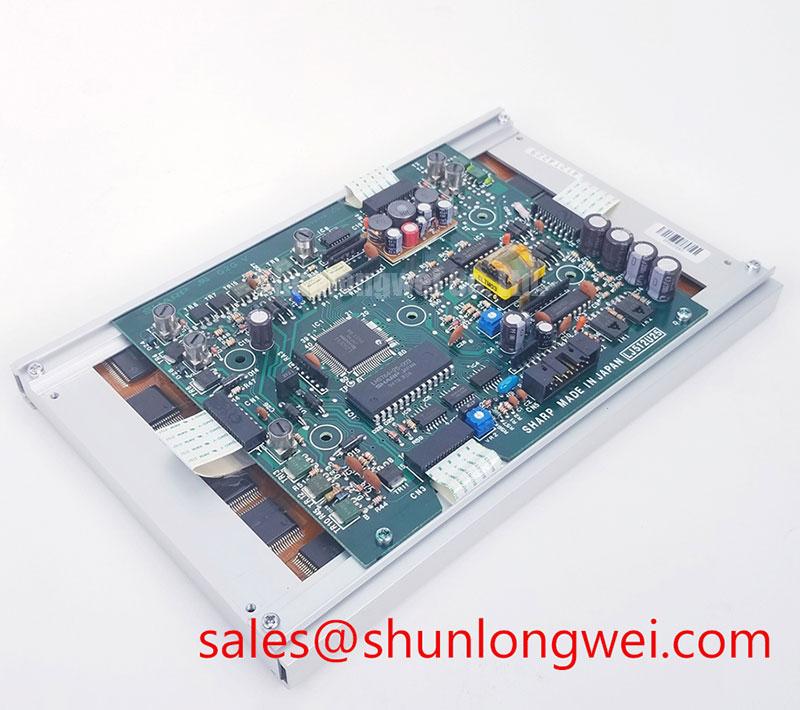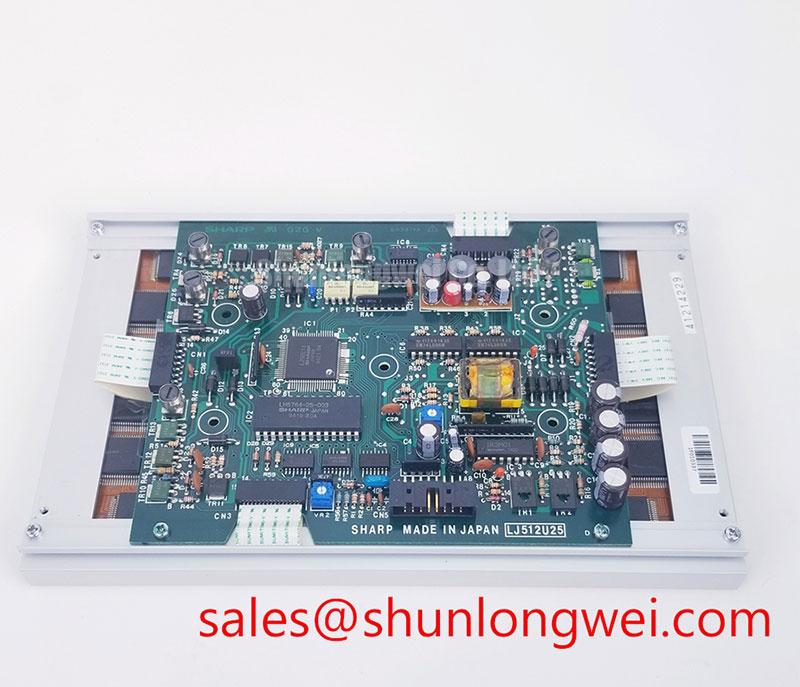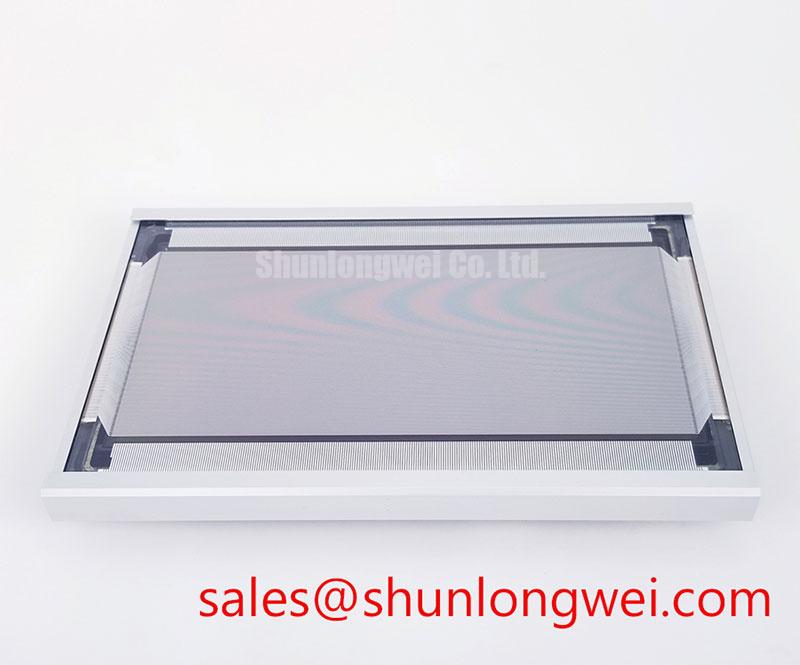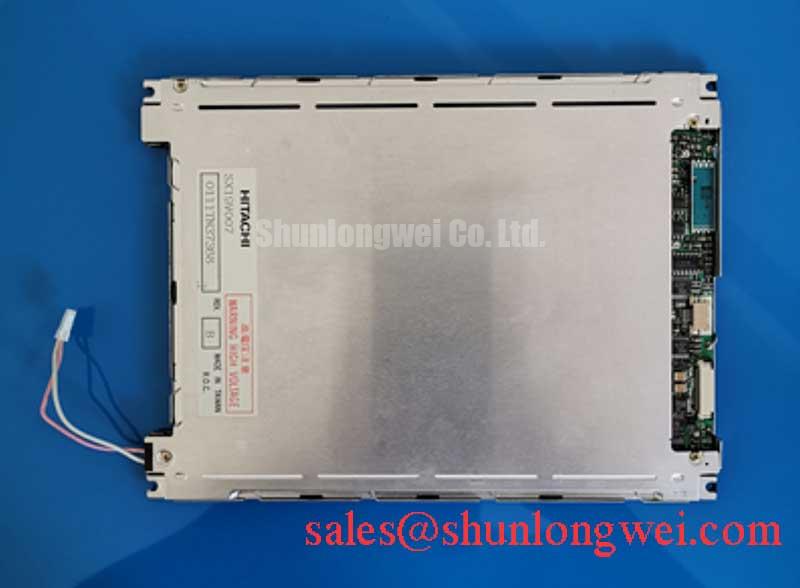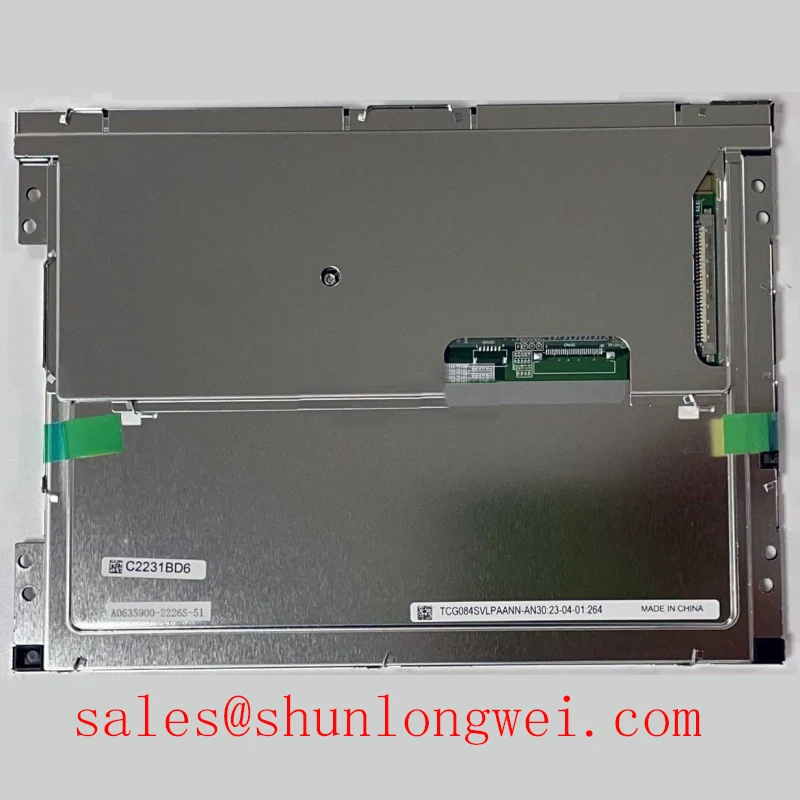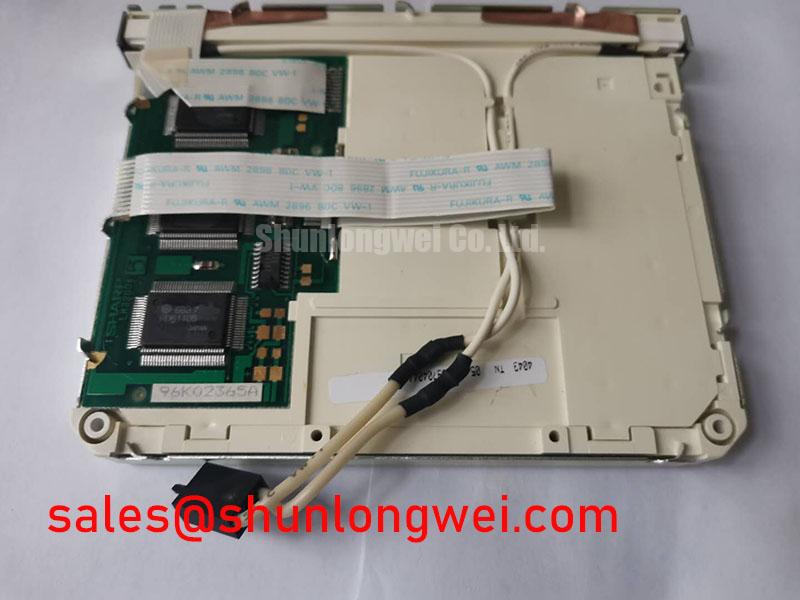Sharp LJ512U25A | Engineering Guide for Legacy System Display Upgrades
The Sharp LJ512U25A represents a critical component from a foundational era of industrial HMI design. As a 9.4-inch monochrome Electroluminescent (EL) display, it became a trusted workhorse in a generation of high-value industrial machinery. However, as this technology has become obsolete, engineers and maintenance managers face the significant challenge of display failure, threatening the operational viability of otherwise perfectly functional and expensive equipment. This page serves as an expert technical guide for navigating the replacement and modernization of systems dependent on the LJ512U25A.
The Challenge: End-of-Life Realities for the LJ512U25A
The LJ512U25A was widely integrated into demanding applications where reliability was paramount. Understanding these original use cases is key to appreciating the urgency and value of a modernization strategy.
- CNC & PLC Controllers: In machine tools and manufacturing automation, these displays provided the primary interface for operators. Failure means immediate production stoppage and significant revenue loss. The high-voltage drivers for these EL panels are also common points of failure.
- Medical Diagnostic Equipment: Found in legacy ultrasound and monitoring systems, display failure can compromise patient diagnostics and render the equipment unusable, creating compliance and operational hurdles.
- Test and Measurement Instruments: For specialized oscilloscopes, spectrum analyzers, and network testers, the original display is integral to the unit's function. Sourcing direct replacements is often impossible, forcing a decision between scrapping the asset or finding a viable upgrade path.
The core problem with the original technology is its inherent lifecycle limitation. The phosphors in EL displays dim over time, leading to poor readability long before a catastrophic failure occurs. This degradation is irreversible and a fundamental engineering reality of the technology. For a deep dive into modern display technologies that solve these issues, explore The Ultimate Guide to TFT LCD.
Key Parameters of the Original Sharp LJ512U25A
A successful upgrade begins with a firm understanding of the original component's specifications. This data provides the baseline for sourcing a form-fit-function modern equivalent. For detailed original specifications, you can review legacy datasheets where available. A comprehensive overview of modern replacements can be found in our TFT Replacement Panel Overview.
| Parameter | Specification |
|---|---|
| Manufacturer | Sharp |
| Part Number | LJ512U25A |
| Display Technology | Electroluminescent (EL) Display |
| Resolution | 512 x 256 Pixels |
| Diagonal Size | 9.4 inch |
| Display Color | Monochrome (Amber/Orange) |
| Interface | Proprietary Legacy Parallel Interface |
From Legacy EL to Modern TFT: A Comparative Analysis
Migrating from the Sharp LJ512U25A to a modern industrial LCD display is not just a repair; it's a significant system enhancement. The technological advantages of a modern TFT-LCD replacement offer tangible performance and reliability gains over the original Sharp panel.
- Brightness & Contrast: Modern LED-backlit TFTs offer vastly superior brightness (often 400 cd/m² or higher) and contrast ratios compared to the aging output of an EL panel. This dramatically improves readability in varied industrial lighting conditions.
- Power Consumption: The high-voltage AC required to excite the EL phosphor is highly inefficient. A modern TFT panel with an integrated LED driver operates on low-voltage DC, typically reducing the display's power consumption by 50-70%. This lowers system operating temperature and reduces stress on the power supply.
- Longevity and Reliability: LED backlights have a mean time between failures (MTBF) often exceeding 50,000-70,000 hours, with predictable and gradual brightness decay. This eliminates the sudden-failure risk associated with EL driver electronics and the inevitable dimming of the display.
- Visuals: While the original was monochrome, many TFT replacement kits can map the legacy signals to grayscale or even color palettes on a full-color TFT, potentially enhancing the user interface without any changes to the host system's software.
Frequently Asked Engineering Questions (FAQ)
Is a modern TFT a direct, "drop-in" replacement?
Mechanically, yes. Replacement kits are specifically engineered with mounting brackets that match the LJ512U25A's original footprint. Electrically, they are not direct. A crucial part of the replacement kit is an Analog-to-Digital (A/D) controller board that intelligently converts the legacy signal from your host system into a modern format (like LVDS) that the TFT-LCD can understand. This makes the upgrade seamless from the host system's perspective.
What is the primary benefit of upgrading before the original display fails?
Proactive replacement is a cornerstone of preventative maintenance. It eliminates the risk of unplanned, and often catastrophic, downtime. By upgrading on your schedule, you avoid the high costs associated with emergency repairs, overnight shipping of components, and lost production. Proper industrial display maintenance protocols should include a plan for end-of-life components.
Extending the life of valuable, field-proven industrial equipment is a sustainable and cost-effective strategy. By replacing obsolete components like the Sharp LJ512U25A with modern, reliable technology, you not only solve an immediate maintenance problem but also enhance the machine's usability and secure its value for years to come. To discuss a tailored upgrade path for your specific system, please contact our technical team.

